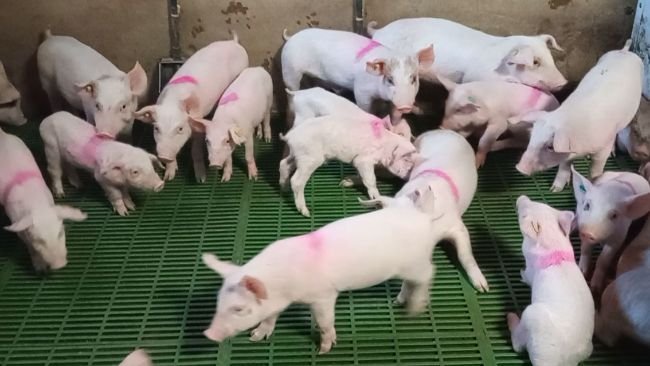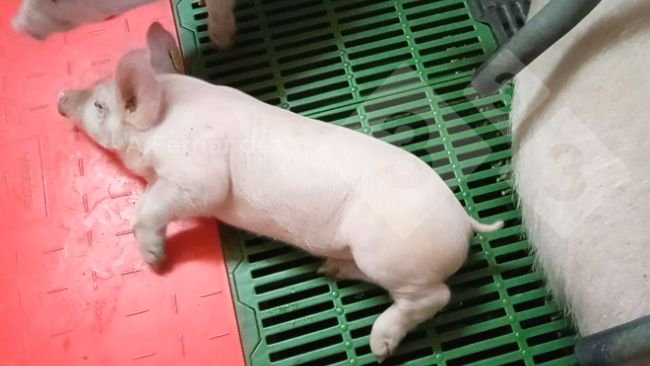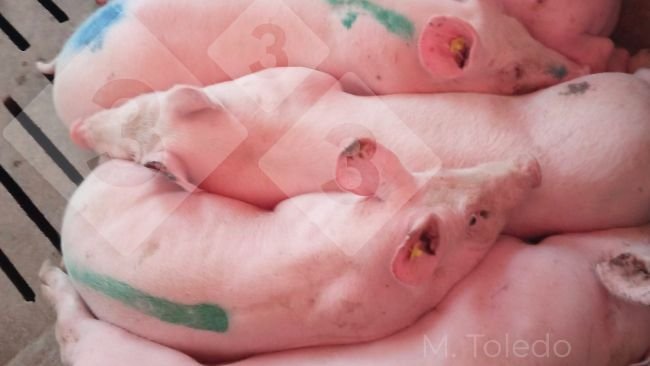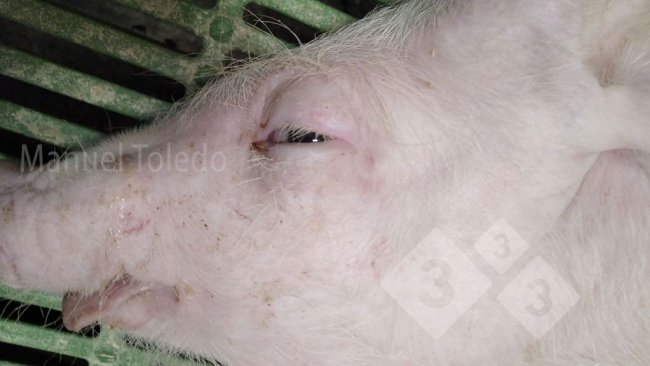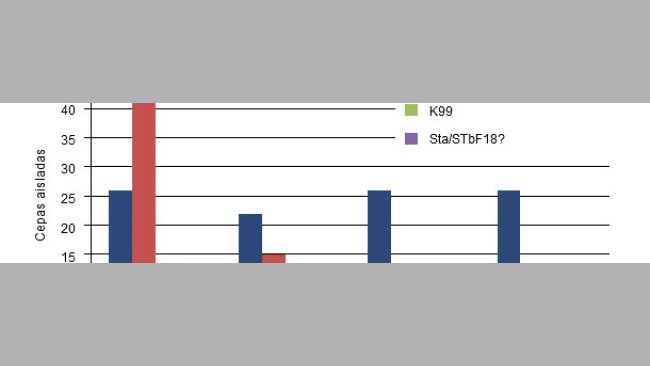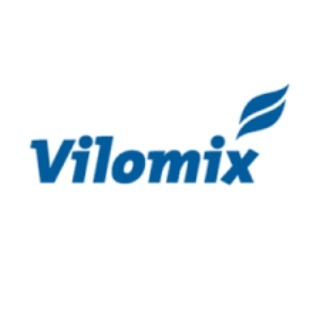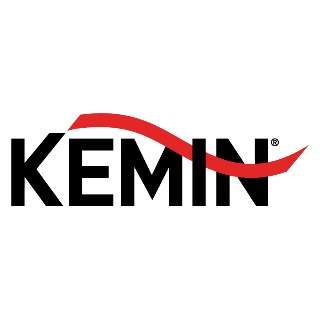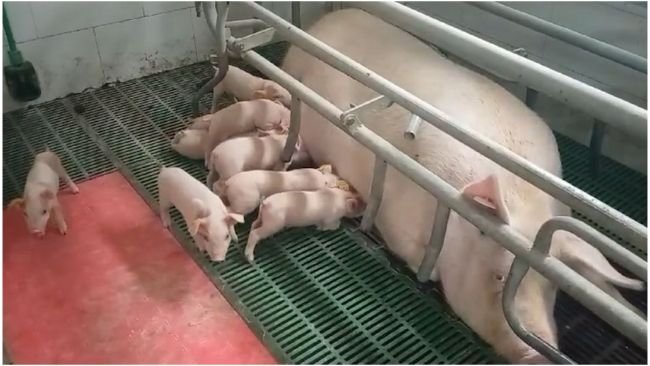
Do we know how to interpret what our pigs are telling us? Observations in the farrowing room
The relatively short but very intense lactation period is undoubtedly a key phase in pig production for both sows and piglets. The fragility of the piglets and the significant demands that sows face at this stage make early detection of problems essential. Do we understand what the animals are telling us?



